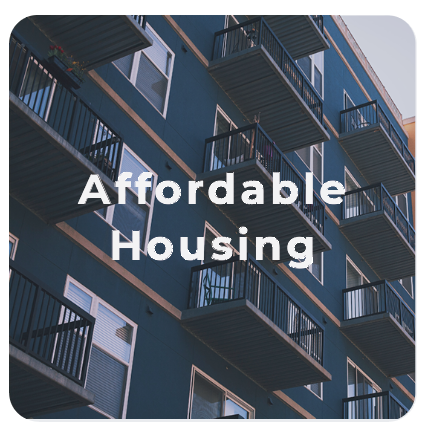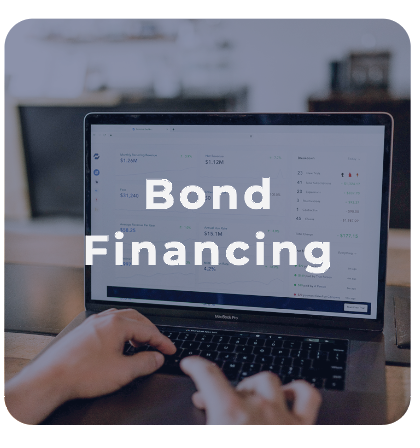It’s been several weeks since President Biden’s Build Back Better legislation stalled in the Senate. The roughly $2 trillion spending package was met with resistance from members of both parties, so its adoption and full implementation looks bleak at the moment.
From a real estate perspective, there were a few programs that could have given the industry a serious boost, while there were others that could have had a pretty detrimental effect. Ultimately, the real estate spirit of the Build Back Better bill rested in its support of financing and funding projects that would have spurred economic growth in the construction and building trades, which would buoy the whole industry.
While the Build Back Better bill is pretty much dead in its current form, it stands to reason President Biden and his team will eventually go back to the drawing board. Here’s my take on what real estate related initiatives should be kept in future legislation and what should be dropped.
KEEP THEM

The legislation allocated $300 billion toward housing programs, including funding the construction, rehabilitation, and improvement of more than 1 million affordable homes. More than $1 billion would have gone toward existing public housing units that require safety and repairs. The bill also included $10 billion for the HOME Investment Partnerships Program, which builds, purchases, and rehabilitates affordable homes for low-income families.

Because the American Dream usually comes down to home ownership, the federal government has always been very generous to first-time homebuyers. The Build Back Better bill was no exception. As buying a home becomes harder and harder, $10 billion was allocated to fund the First-Generation Down Payment Assistance program. This would have provided home buyers with $20,000 or 10% of the home price to help cover the costs of buying a home.

Currently the Low-Income Housing Tax Credit program requires that a project be at least 50% financed through private activity bonds to be eligible for the tax credit. Build Back Better would have lowered that requirement to only 25%, which could have sparked significant development. In fact, that could have spurred more than 50,000 new affordable housing units in New York alone over the next decade.

In a direct impact to commercial real estate firms’ bottom lines, Build Back Better would have extended tax credits and deductions an additional 10 years for energy improvements, including 30% investment tax credits for solar and microgrid investments. The tax credits would have been felt immediately.
DROP THEM

Currently, many foreign investors have been able to avoid paying a 30% tax on their real estate investment profits by using offshore shell companies. Build Back Better was looking to close this loophole. While it could have brought in more tax revenue, it could have significantly reduced the appeal of investing in U.S. real estate and reduced the liquidity of the overall U.S. real estate market. Trophy office buildings in major U.S. cities would have had trouble courting international buyers.

Currently, capital gains on real estate investments were considered ordinary income and were not subject to the carried interest section of the Tax Cuts and Jobs Act of 2017, which required a three-year hold on long-term capital gains. Build Back Better would have made amendments to this tax code that would subject any income from a real estate asset to a three-year holding requirement. For those who use real estate investments as passive income, this would certainly be a significant blow.
I hope to see a revival of the programs listed that will support affordable housing development, home ownership, and investment in energy efficiency. Reach out anytime if you’d like to discuss how these programs will affect employment or for a general discussion about hiring trends in the real estate sector.
Sun-Sun de Swaan
Managing Director
sdeswaan@mbexec.com
Sun-Sun de Swaan serves as a Managing Director at McDermott + Bull in the New York office where she leads the firm’s real estate practice. Sun-Sun brings over 20 years of real estate experience and works with clients across the sector, including firms involved with investment, development, financing, and property management. She has experience in a variety of functions across the industry, shaping her expertise and ability to deliver best-in-class talent to clients across the board.



